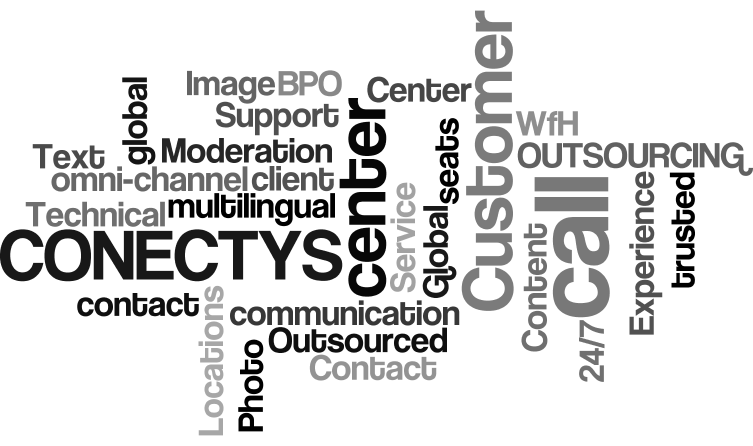Through working with an array of clients across a spectrum of industries, we know all too well that every type of business deals with some seasonality in its sales.
But few have as tough of an obstacle to overcome as medicare, which boils down to two words: open enrollment. This period of time usually starts in early November and ends in mid-December, and it’s the six weeks of the year in which healthcare companies get the lion’s share of their sales.
Seasonality in the healthcare industry
Think about that. With 52 weeks in the calendar year, these businesses rely on only six of those to make up the majority of their profits. So, can a company with this kind of operating model learn to thrive year-round – even during the other 46 weeks? Let’s look at the answer to this question (hint: it’s ‘yes’).
How can we tackle the challenges of seasonality?
- Figure out the emotions behind each party’s position.
Yes, your customers are your bread and butter, and the reason for your revenue. You must always hear them out and try to accommodate their wishes. But, what if they ask for something that you know your employees won’t like?
For example, let’s say you run a software company. Your customers are demanding around-the-clock access to customer support, especially in the early onboarding phase as they’re learning to use your system. This is a reasonable ask, but there’s just one problem… your in-house customer support team has made it clear they value work/life balance and won’t be “on-call” past traditional work hours.
Before trying to decide on a course of action, take some time to dig into what’s driving each party’s stance:
- Your customers are likely frustrated because they’ve invested in your software and want to be able to use it quickly. If they can’t reach support anytime they want to, they may give up and move on to a competitor who offers them resources when they need them.
- Your employees are probably feeling protective of their time. The evenings and weekends may be the only time they get to spend with their spouse and kids. So they may feel panicked at the thought that this precious time might get interrupted by longer work hours.
Once you consider this type of business conflict through the emotions each party feels, you’ll be able to come up with better solutions that respect both sides.
- Bring in data and make a decision.
The next step is to decide what to do about the issue, based on data if possible. Using the example above, you could figure out how many customers have actually asked for 24/7 support in the last few months. If you’ve been using a tool like Net Promoter Score (NPS) or CSAT, you can quickly gather this information. Whatever data you can find, coupled with the emotions driving the conversation, should help you make the right decision.
For instance, let’s say you find out that 80 percent of customers have complained about your company’s lack of support. That’s a major issue and dictates that you must find a way to expand your support hours while not over-burdening your employees (like by outsourcing your customer support during non-business hours to a BPO partner like Conectys). But if it’s only been a vocal five percent of customers complaining about this issue, you may not need to change a thing. The data can be very eye-opening.
- Keep the door open for future discussion.
Whichever way you proceed, it’s important to let both sides know what you’ve decided and why. Also let them know you’ll continue to evaluate this issue, and are open to discussing it again in six months or so. This will allow everyone to see how your new course of action works, and give you a preset date during which you can review the results.
Even though we used an example of customers asking for something employees aren’t keen about, you may also encounter the opposite. There may be a time when employees want to make a change to your product, for instance, but you know that customers won’t be pleased with it.
In this case, approach the conflict the same way we’ve outlined above. You might not end up making everyone happy in the end, but you’ll be guaranteed to handle the situation fairly. And that’s the mark of a really good leader.
Contact us for more business leadership tips, or to learn about how we can be your outsourcing partner.


